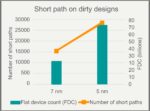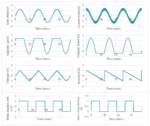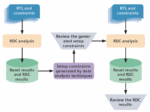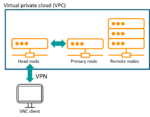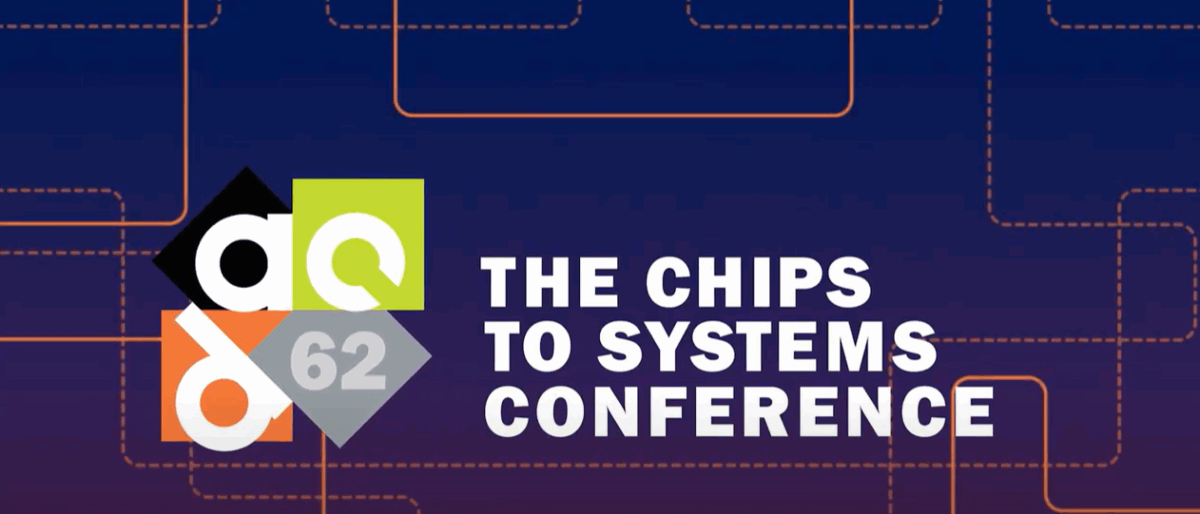Improve productivity by shifting left LVS
In modern semiconductor design, technology nodes continue to shrink and the complexity and size of circuits increase, making layout versus schematic (LVS) verification more challenging. One of the most critical errors designers encounter during LVS runs are shorted nets. Identifying… Read More
Navigating Resistance Extraction for the Unconventional Shapes of Modern IC Designs
The semiconductor industry is experiencing rapid evolution, driven by the proliferation of IoT applications, image sensors, photonics, MEMS applications, 3DIC and other emerging technologies. This growth has dramatically increased the complexity of integrated circuit (IC) design. One aspect of this complexity is the … Read More
SystemVerilog Functional Coverage for Real Datatypes
Functional coverage acts as a guide to direct verification resources by identifying the tested and untested portions of a design. Functional coverage is a user-defined metric that assesses the extent to which the design specification, as listed by the test plan’s features, has been used. It can be used to estimate the presence… Read More
Automating Reset Domain Crossing (RDC) Verification with Advanced Data Analytics
The complexity of System-on-Chip (SoC) designs continues to rise at an accelerated rate, with design complexity doubling approximately every two years. This increasing complexity makes verification a more difficult and time-consuming task for design engineers. Among the key verification challenges is managing reset domain… Read More
Smarter, Faster LVS using Calibre nmLVS Recon
Back in the 1970s we did Layout Versus Schematic (LVS) checks manually, so when internal EDA tools arrived in the 1980s it was a huge time saver to use LVS in finding the differences between layout and schematics. One premise before running LVS is that both layout and schematics are complete and ready for comparisons. Fast forward… Read More
Siemens EDA Offers a Comprehensive Guide to PCIe® Transport Security
It is well-known that there is more data being generated all the time. The need to store and process that data with less power and higher throughput dominates design considerations for virtually all systems. There is another dimension to the problem – ensuring the data is secure as all this movement and processing occurs. Within… Read More
Calibre DesignEnhancer Improves Power Management Faster and Earlier
Anyone who has attempted to implement a custom design in an advanced process node knows that effective power management can be quite challenging. Effects such as voltage (IR) drop and electromigration (EM) can present significant headaches for both design teams and foundries. Optimizing layouts for these kinds of issues is … Read More
What are Cloud Flight Plans? Cost-effective use of cloud resources for leading-edge semiconductor design
Embracing cloud computing is highly attractive for users of electronic design automation (EDA) tools and flows because of the productivity gains and time to market advantages that it can offer. For Siemens EDA customers engaged in designing large, cutting-edge chips at advanced nanometer scales, running Calibre® design stage… Read More
AI-Powered Transformation in EDA
The integration of artificial intelligence (AI) into Electronic Design Automation (EDA) is revolutionizing chip design, addressing the critical shortage of skilled engineers and accelerating the development process. As Jeff Dyck, Senior Director of Engineering at Siemens EDA, explains in a recent DACtv presentation, … Read More
Solido Siemens and the University of Saskatchewan
In my 40 years, I have worked for dozens of companies and just about everyone of them was acquired. Some of the acquisitions were accretive and some were not. Probably the best and most accretive one would be the Solido acquisition by Siemens EDA in 2017. I worked for Solido for ten years reporting to CEO Amit Gupta. I handled Taiwan … Read More


